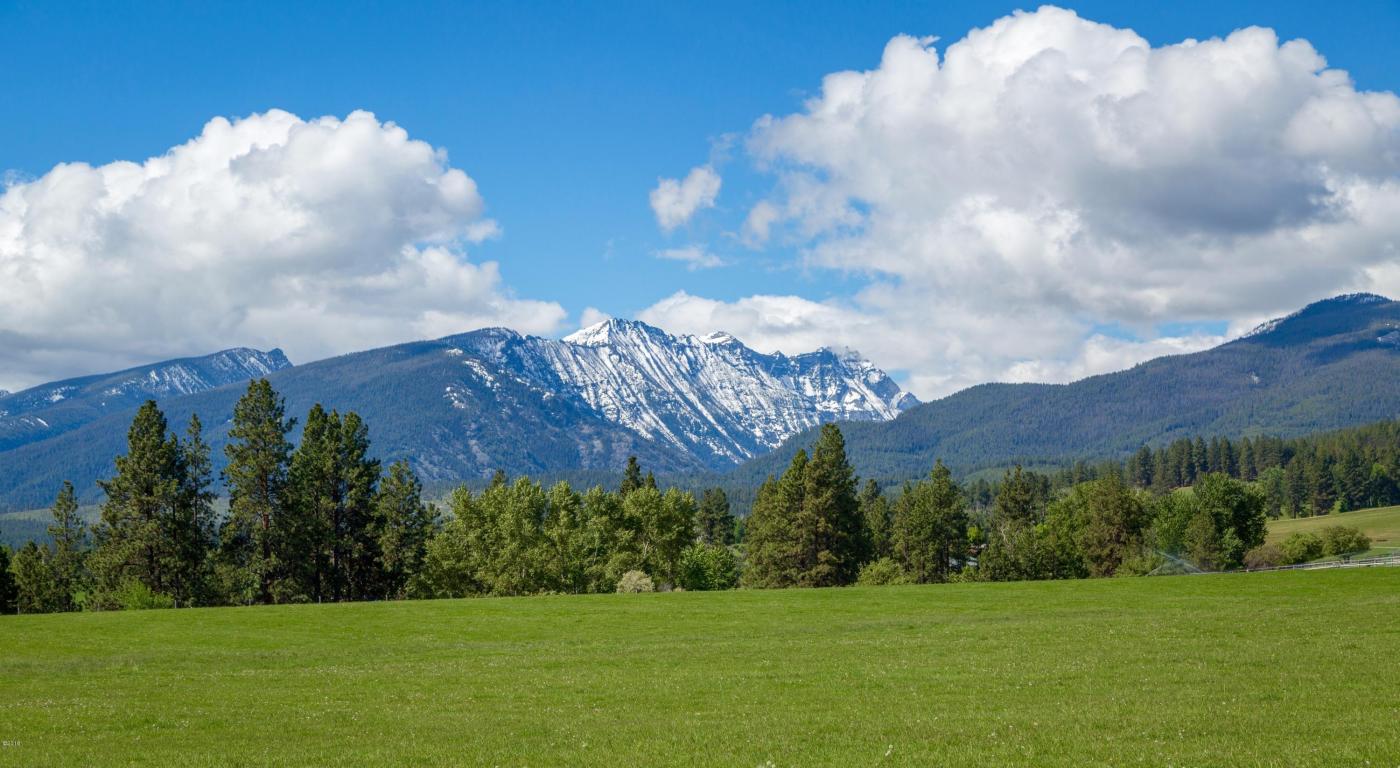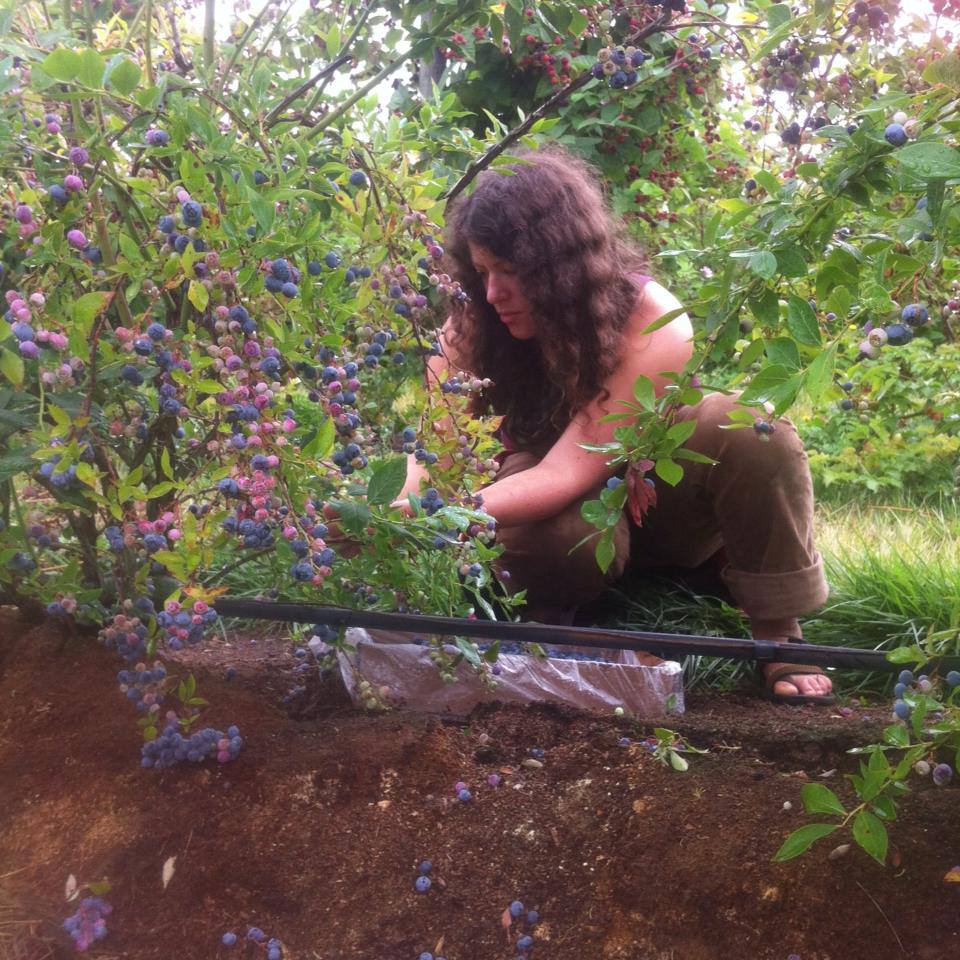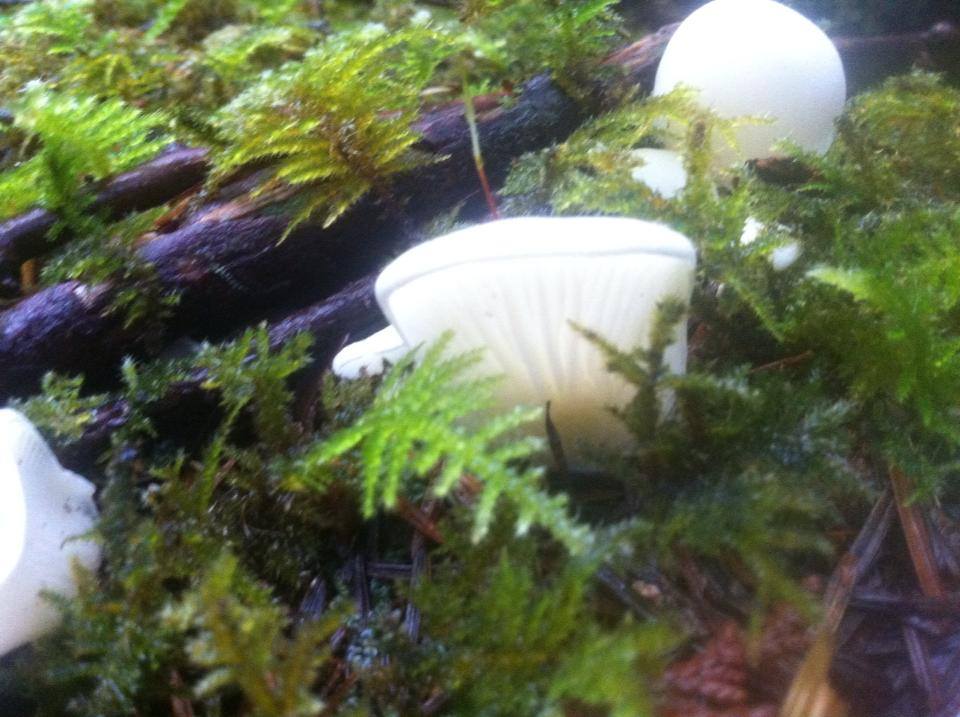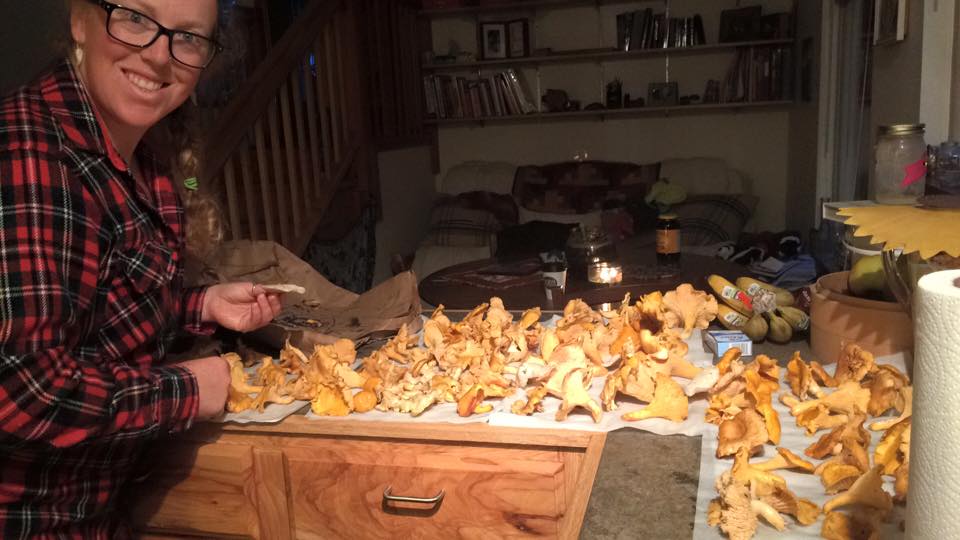An Introduction Wild Edibles Foraging

Have you ever wondered what it was like in the Garden of Eden? What it looked like, smelled like, felt like? Oh, man I have! I have often wondered how Adam and Eve lived in Eden and how they not only related to God, but also to all the animals, water, and plants that were in their care. The one thing that boggles my mind the most is the idea that all the plants provided abundant resources of food, tea, medicine, spices, the works! The idea that all that you could ever want or need is right there at your fingertips for harvesting in any season! Ah, what a delight!
Now, we definitely don’t live in Eden anymore, sadly. And no, we can’t harvest every fruit, vegetable, or spices in any season we want anymore. However, God does still provide incredible food, medicine, and spices in nature for us to delight in. Pretty neat right?
But you may be wondering to yourself, “Sure it might all be there, but how do I know what is what? And how do I know where to find it?” Both are really great questions and I’m going to take you through a basic introduction to Wild Edibles Foraging.

Here are some basic tips and tricks to remember when foraging for wild edibles.
First things first, never – I repeat NEVER – eat something you find in nature that you are not able to 120% identify as exactly that plant species!
We live in a fallen world! And as a part of that, there are lots of copy cats to plants that can not only lead you astray, but will actually kill you. If you are a beginner or are new to the area, find a more seasoned person to take you out on foraging hikes. This will save you a potential trip to the ER.
Are you a bit scared now? Good. That is good. Not that fear is good, so please don’t hear that. I’m saying it’s important to be overly cautious when foraging. Because while foraging is incredibly fun and rewarding, it is important to keep yourself and others safe.

Do your homework
Each season and each area of the world are unique! Amazing how God makes such unique things right? But when foraging for wild edibles, a plant might be edible in the spring but can be poisonous in a different season. Just like each person God has created is unique, so is each plant species on earth.
Your local library is a great resource to find specific publications and ID books about wild foraging for your specific part of the world. It is a good place to start. An ID book should give you specific criteria on how to correctly identify a plant species from what it looks like, how the leaves are shaped, to what kind of environment that plant grows (ie a swamp versus alpine environment).
Pay attention to these criteria as they will give you the tools to identify friend from foe on your wild foraging trips.

Be a good steward
We were all given a mandate from God to be a good steward of our resources. This means ALL of our resources including things in nature.
When harvesting a wild edible, it is important to remember this. Because if you are harvesting too much of a plant or it’s fruit, it will not be able to reproduce and it will not thrive. If a particular plant or fungus is not able to reproduce and have fruit fall, no new plants will grow, and consequently you will not be able to harvest from that plant in that spot any longer because it won’t be growing there.
It is important to help these amazing resources thrive. They have a lot in nature to overcome in order to produce fruit and a healthy plant! If you over harvest, it will die out. A good rule to harvest by is to only take ⅓ of what you see to harvest for your own use. Sometimes that ⅓ will be abundant and sometimes it won’t.
For example when I harvest wild mushrooms, if I see less than 10 mushrooms in a 20 ft radius, I take note of the spot and walk away. Because these 10 fruits (mushrooms we see are the fruits!) will need to spore (ie go to seed) to produce a better patch for me to find the next year. In this way, I am investing and stewarding this patch for not just myself but future harvesters to have an abundant harvest in the years to follow.
Foraging for wild edibles is like a treasure hunt while on a hike. It’s a lot of fun and it helps you see and experience your environment in a whole new way! But like most treasure hunting, there is a dangerous side too.
Be careful, educate yourself, and don’t eat something the first time without confirming it’s edibility with a local expert.
Even if you are sure, take lots of photos on your camera or phone, take note of where you found it, and then go home first to confirm it is what you think it is. Then, if you find you’ve found a treasured wild edible, go back and harvest.
Enjoy the treasure hunt on your next hike!